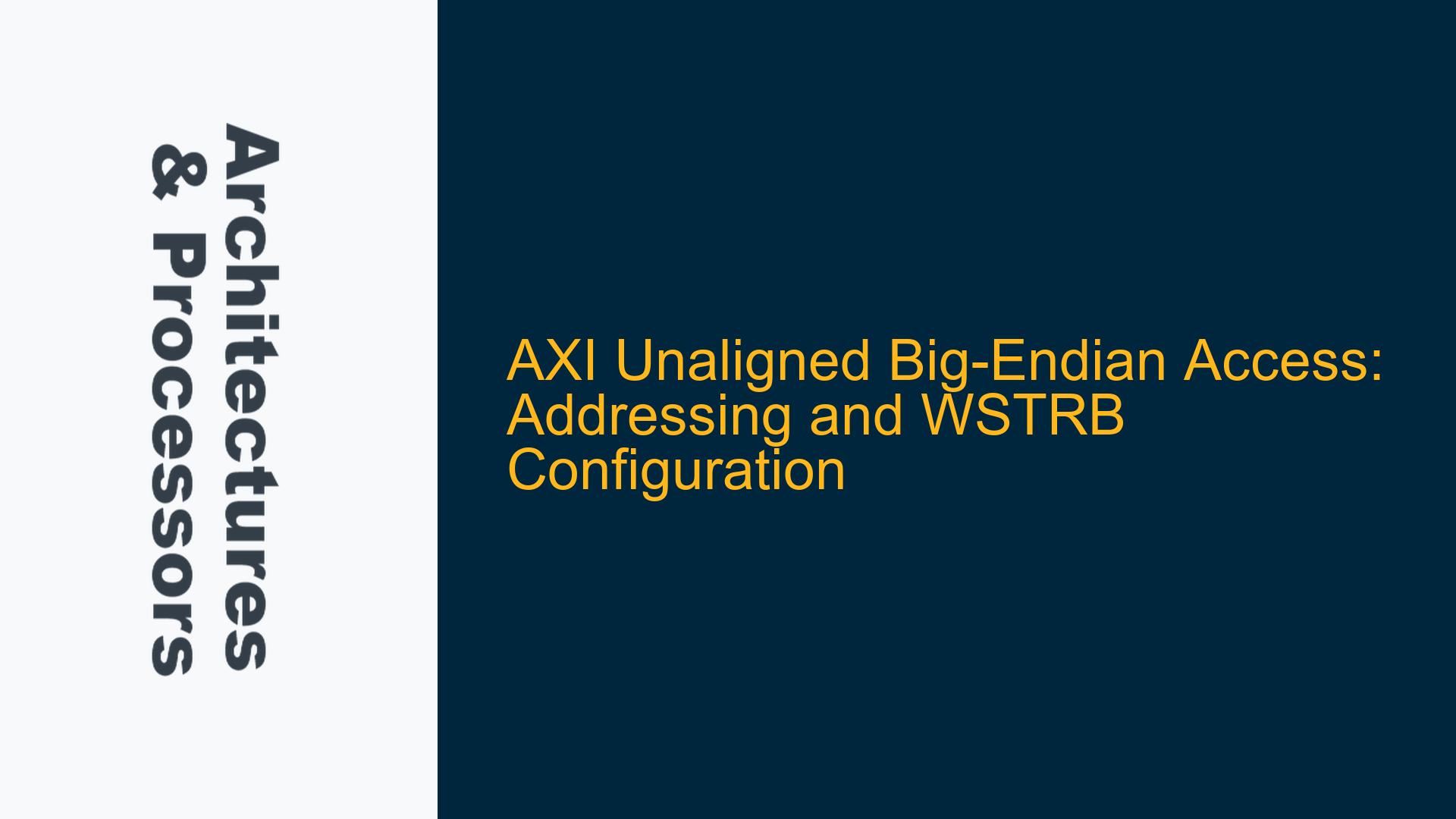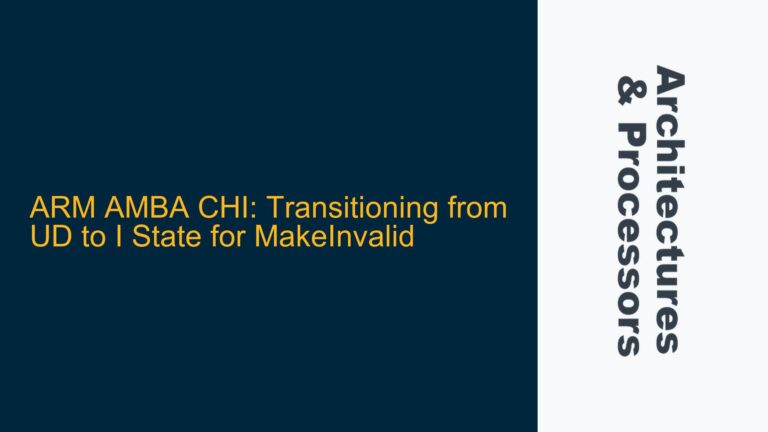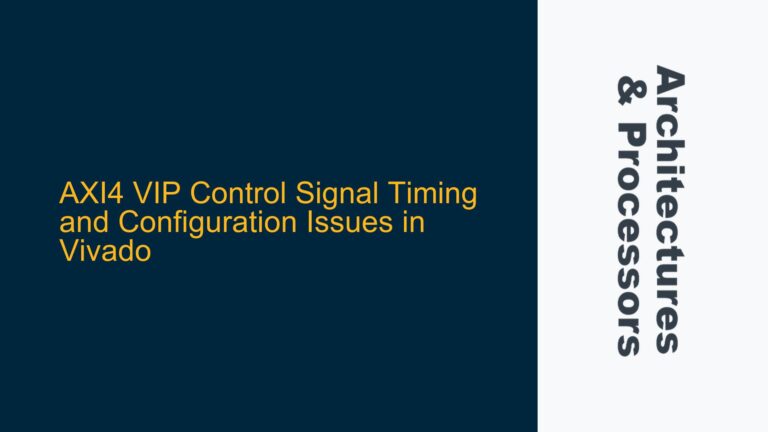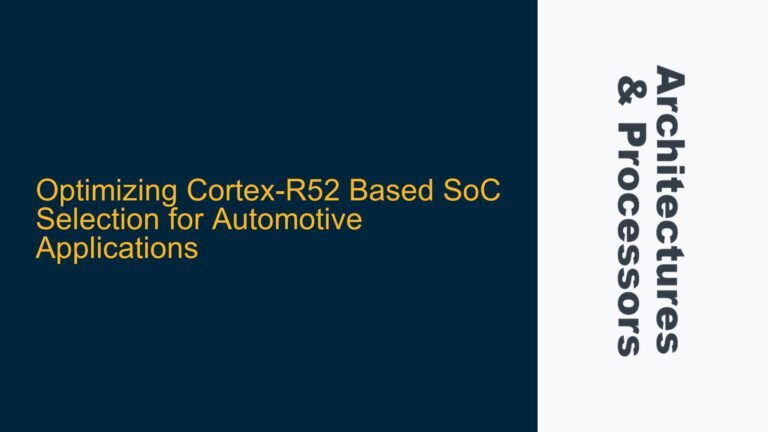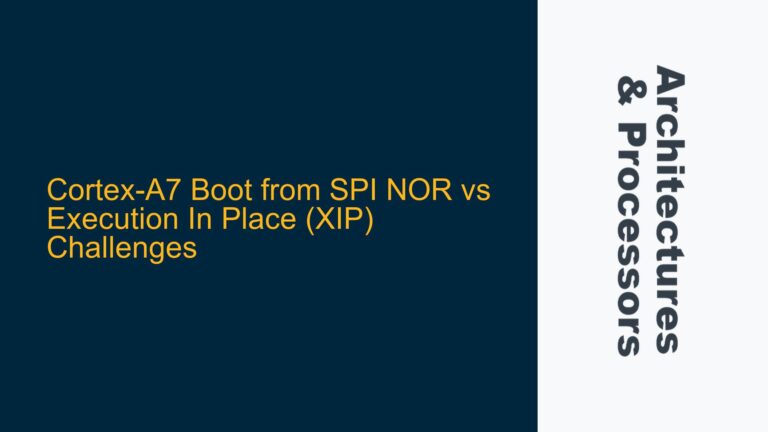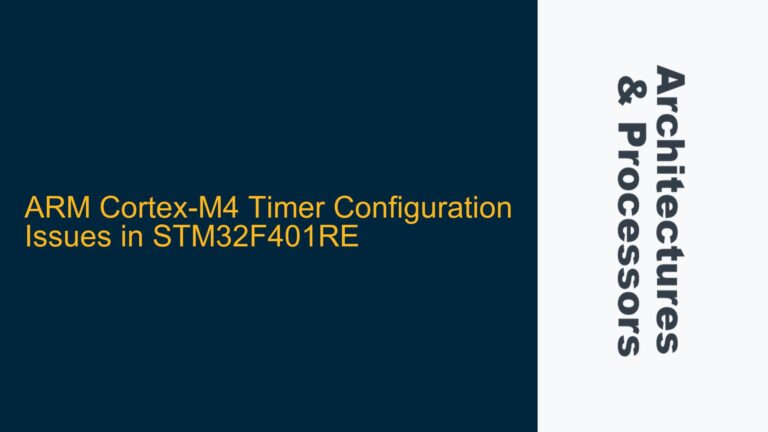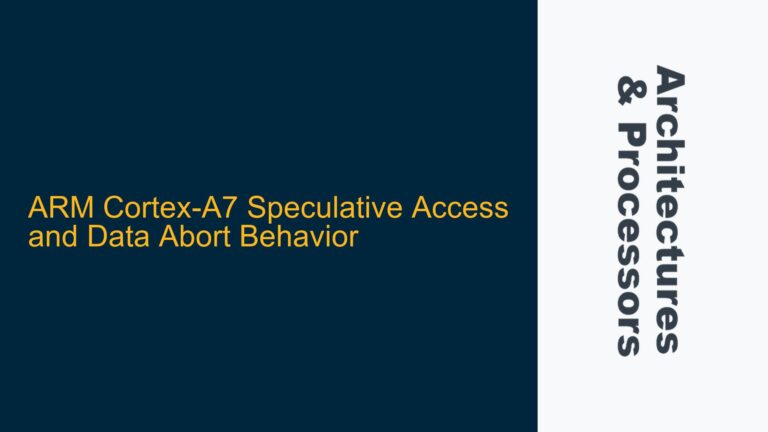AXI Unaligned Big-Endian Write to Address 0x1 with 32-bit Data Width
In the context of the AXI protocol, unaligned accesses are a common scenario that requires careful handling, especially when considering endianness. The AXI protocol supports both little-endian and big-endian data formats, and the addressing and WSTRB (write strobe) configuration must be correctly set to ensure proper data transfer. This discussion focuses on the specific case of a 32-bit unaligned write to address 0x1 in a big-endian system, contrasting it with the little-endian example provided in the AXI protocol documentation.
In a little-endian system, the least significant byte (LSB) is stored at the lowest memory address, while in a big-endian system, the most significant byte (MSB) is stored at the lowest memory address. This difference affects how the AXI master sets the AWADDR (address) and WSTRB (write strobe) signals during a write transaction. The AXI protocol is byte-invariant, meaning that the same byte lanes are used regardless of the endianness, but the interpretation of the data within those lanes changes based on the endianness.
For a 32-bit write to address 0x1 in a little-endian system, the AWADDR can be set to either 0x0 or 0x1, and the WSTRB would typically be set to 0xE to indicate that bytes 1, 2, and 3 are being written. However, in a big-endian system, the interpretation of the data and the corresponding WSTRB configuration must be adjusted to reflect the big-endian byte ordering.
Byte-Invariant Endianness and AXI Signal Configuration
The AXI protocol’s support for byte-invariant endianness means that the same byte lanes are used for data transfer regardless of whether the system is little-endian or big-endian. However, the interpretation of the data within those byte lanes changes based on the endianness. In a big-endian system, the most significant byte (MSB) of the data is stored at the lowest memory address, while the least significant byte (LSB) is stored at the highest memory address. This affects how the AXI master sets the AWADDR and WSTRB signals during a write transaction.
For a 32-bit write to address 0x1 in a big-endian system, the AWADDR can still be set to either 0x0 or 0x1, but the WSTRB must be configured to reflect the big-endian byte ordering. If the master intends to write only to address 0x1, the WSTRB would be set to 0x2, indicating that only byte lane 1 is being written. If the master intends to write to addresses 0x1 and 0x2, the WSTRB would be set to 0x6, indicating that byte lanes 1 and 2 are being written. If the master intends to write to addresses 0x1, 0x2, and 0x3, the WSTRB would be set to 0xE, indicating that byte lanes 1, 2, and 3 are being written.
The key difference between little-endian and big-endian systems lies in the interpretation of the data within the byte lanes. In a little-endian system, the data is interpreted with the LSB at the lowest address, while in a big-endian system, the data is interpreted with the MSB at the lowest address. This affects how the master sets the WSTRB signal to ensure that the correct bytes are written to memory.
Implementing Correct WSTRB Configuration for Big-Endian Unaligned Writes
To correctly implement a 32-bit unaligned write to address 0x1 in a big-endian system, the AXI master must carefully configure the AWADDR and WSTRB signals. The AWADDR can be set to either 0x0 or 0x1, depending on the alignment requirements of the system. However, the WSTRB must be configured to reflect the big-endian byte ordering.
If the master intends to write only to address 0x1, the WSTRB should be set to 0x2, indicating that only byte lane 1 is being written. This ensures that the data is correctly written to the appropriate byte lane in memory, with the MSB at the lowest address. If the master intends to write to addresses 0x1 and 0x2, the WSTRB should be set to 0x6, indicating that byte lanes 1 and 2 are being written. This ensures that the data is correctly written to the appropriate byte lanes in memory, with the MSB at the lowest address and the next byte at the next address.
If the master intends to write to addresses 0x1, 0x2, and 0x3, the WSTRB should be set to 0xE, indicating that byte lanes 1, 2, and 3 are being written. This ensures that the data is correctly written to the appropriate byte lanes in memory, with the MSB at the lowest address and the subsequent bytes at the next addresses.
The following table summarizes the WSTRB configurations for different write scenarios in a big-endian system:
| Write Scenario | AWADDR | WSTRB | Description |
|---|---|---|---|
| Write to address 0x1 | 0x0/0x1 | 0x2 | Only byte lane 1 is written, corresponding to address 0x1. |
| Write to addresses 0x1-0x2 | 0x0/0x1 | 0x6 | Byte lanes 1 and 2 are written, corresponding to addresses 0x1 and 0x2. |
| Write to addresses 0x1-0x3 | 0x0/0x1 | 0xE | Byte lanes 1, 2, and 3 are written, corresponding to addresses 0x1, 0x2, and 0x3. |
In conclusion, the AXI protocol’s support for byte-invariant endianness allows for consistent byte lane usage across little-endian and big-endian systems. However, the interpretation of the data within those byte lanes changes based on the endianness, requiring careful configuration of the WSTRB signal to ensure correct data transfer. By understanding the differences between little-endian and big-endian systems and correctly configuring the AWADDR and WSTRB signals, AXI masters can effectively handle unaligned writes in big-endian systems.
